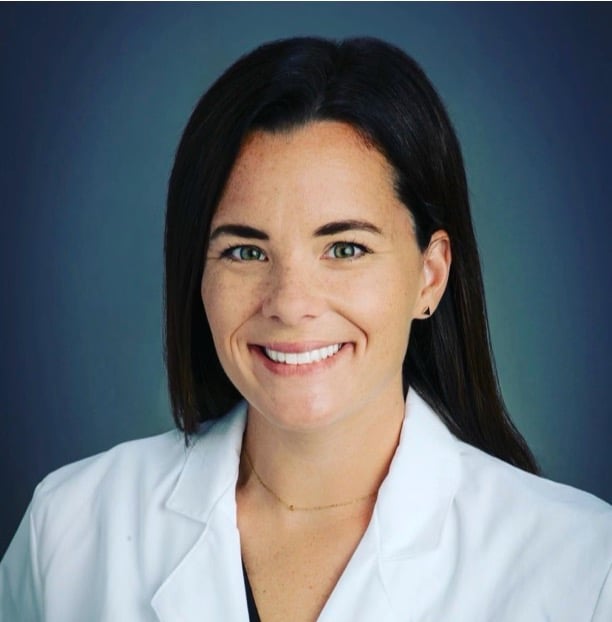Counseling the Vaccine-Hesitant Patient: Evidence-Based Strategies for Nurse Practitioners
Vaccine hesitancy remains one of the most pressing challenges in preventive health. Despite the availability of safe and effective vaccines, many patients delay or refuse immunizations, threatening herd immunity and increasing the risk of vaccine-preventable disease outbreaks. So far in 2025, we have seen how decreased vaccination rates for measles in the US has resulted in one of the highest cases of measles since it was deemed eradicated...
Read more
